Sega Pico (NTSC-USA) Boxed
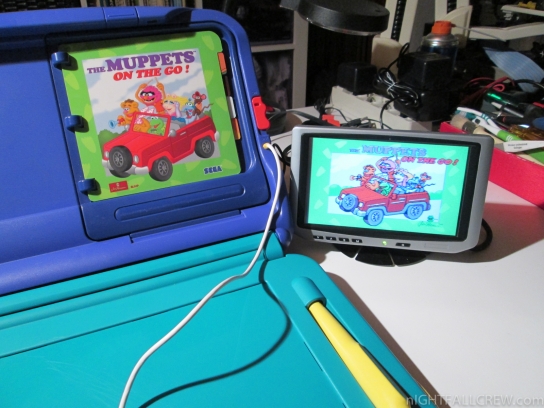
Autopsy:
from Wikipedia:
The Sega Pico, also known as Kids Computer Pico (キッズコンピューター・ピコ Kizzu Konpyūtā Piko?), is an electronic toy by Sega. The aim of creating the Pico was to get more young children (specifically, ages 2–8) to use video game systems. The Pico was the first Sega-branded console to carry an officially licensed game from former competitor Nintendo.
The Pico was released in 1993 in Japan and 1994 in North America and Europe. In Japan, the system was a huge success and games were developed until 2005. In North America and Europe, however, the Pico was less successful and games were only developed until 1997. The Pico was also released in South Korea, and it seems to be more successful unlike the west. To celebrate its 10th anniversary in 2003 in Japan, Sega re-released some of the Pico games. As of April 2005, 3.4 million Pico consoles and 11.2 million software cartridges had been sold.
The Sega Pico’s slogan was: “The computer that thinks it’s a toy.”
The ROM cartridges were called “Storyware,” and were book shaped. Each time a player turned the page of the cartridge the screen changed to replicate the image in the book. The games were controlled by a “magic” pen and buttons. The last page of each book features a freehand drawing mode, where the player can also insert stamps of characters shown previously in the game. All software released for the Pico received a rating from either the V.R.C. or the ESRB.
source: wikipedia




































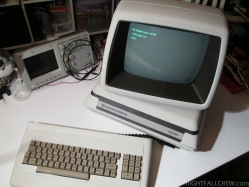










































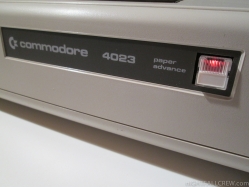















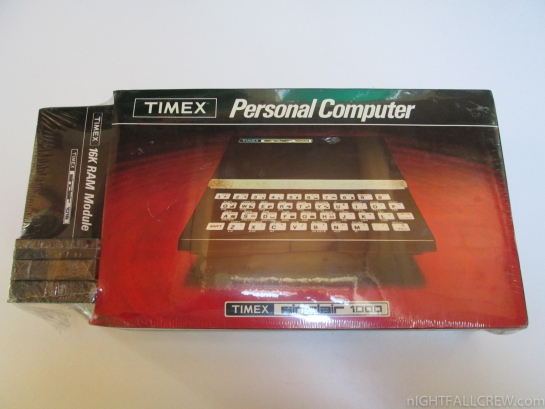











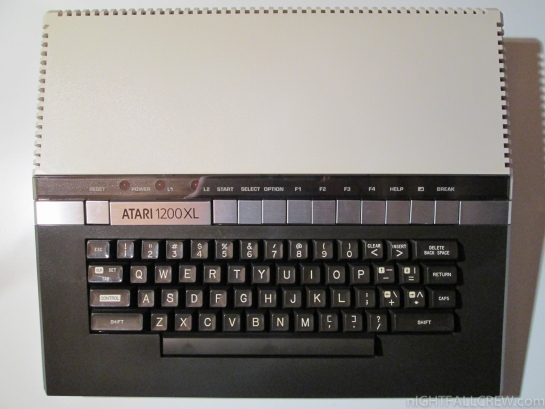















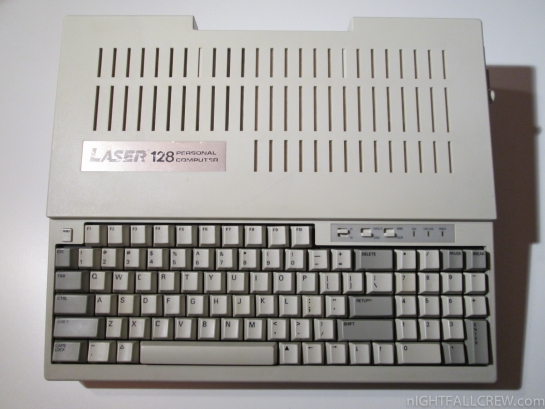





























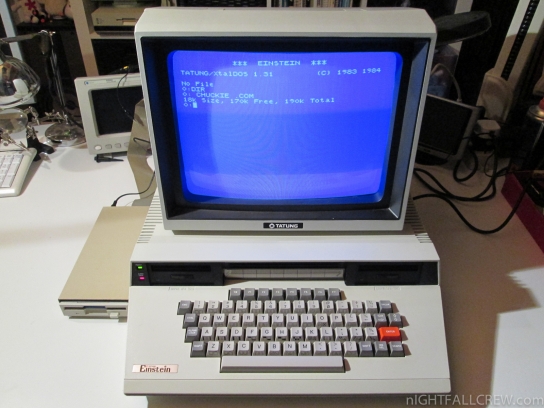

































Recent Comments